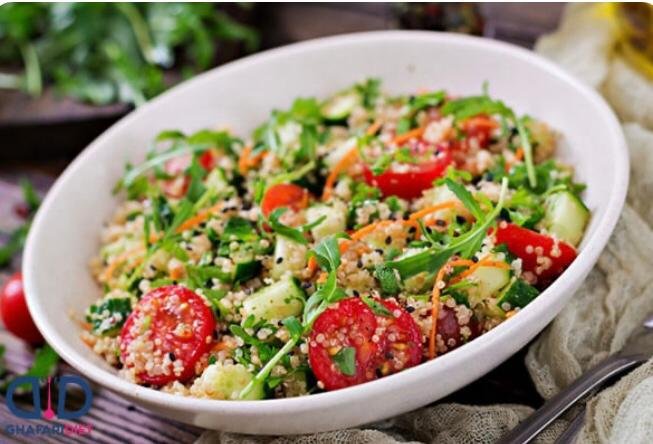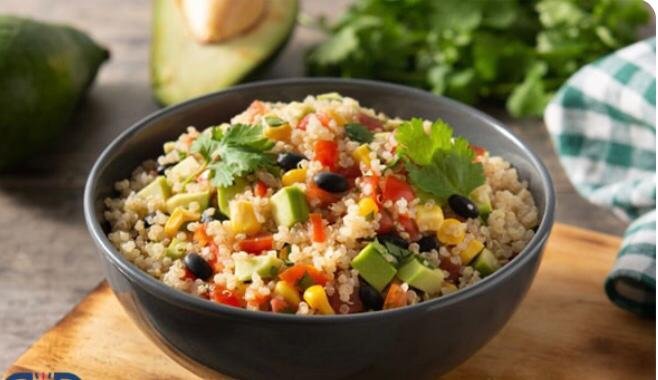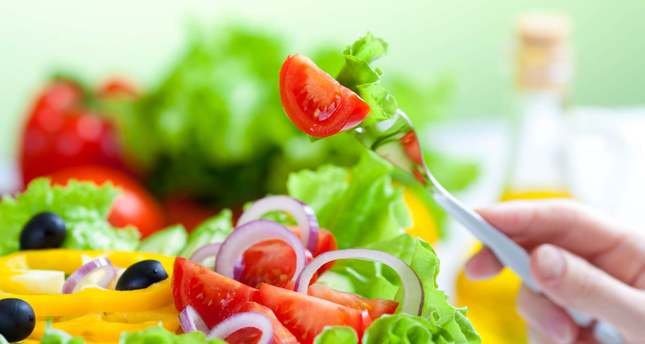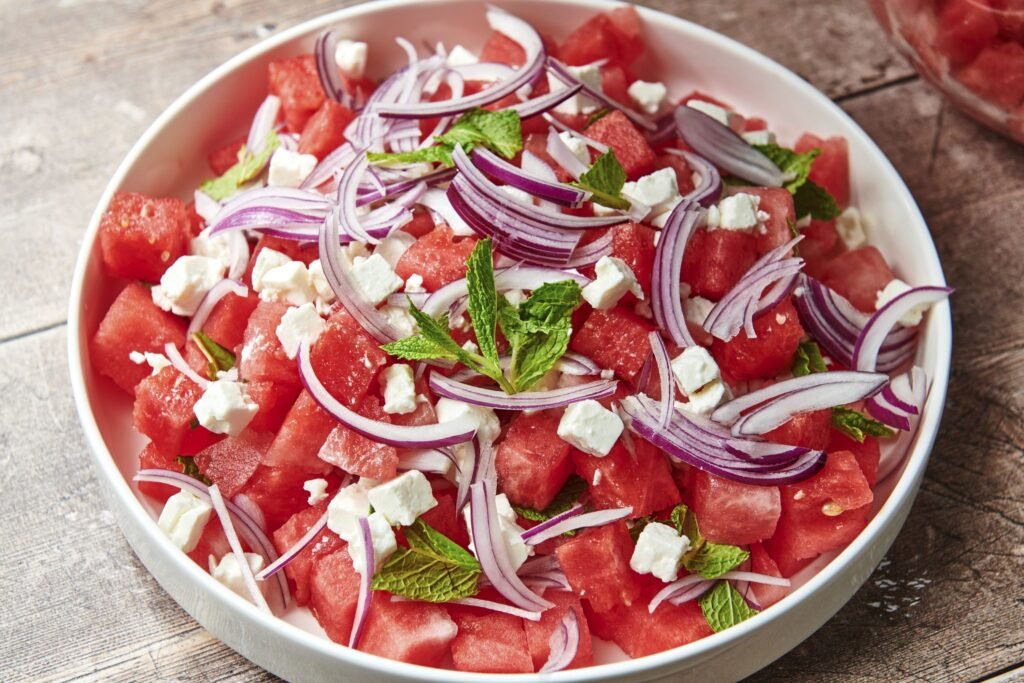Forks vs. Knives
When it comes to dining utensils, forks and knives are at the forefront. These essential tools have been used for centuries, each serving a unique purpose in the world of culinary arts. In this informative comparison, we will explore the various aspects that make forks outshine knives in different scenarios. From their versatility and array of styles to their promotion of proper table etiquette and healthy eating habits, forks have proven to be an indispensable utensil for every meal. Meanwhile, knives play a vital role in precise cutting, complementing the art of food presentation, ensuring safe food preparation, and serving as a vital tool in professional kitchens. Let us delve deeper into the world of forks and knives to uncover their distinct advantages and appreciate their versatility.
1. Forks: Versatile Utensils for Every Meal
One of the greatest advantages of forks is their versatility. Whether it is a casual family dinner or an elaborate formal event, forks can be used for a wide range of foods. They are perfect for picking up bites of salad, pasta, or rice, as well as piercing and lifting cuts of meat or vegetables. The tines of a fork provide stability and control, allowing for more convenient handling of various textures and sizes of food. Forks are also suitable for stirring and mixing ingredients, making them a handy tool for cooking and serving.

2. Knives: Essential Tools for Precise Cutting
While forks excel in their versatility, knives shine in their ability to provide precise cutting. From slicing through the thickest steak to dicing vegetables with precision, knives are indispensable for achieving the desired texture and presentation of food. Their sharp blades allow for clean cuts, ensuring that the flavor and texture of the ingredients are preserved. Knives come in various shapes and sizes, each designed for specific cutting tasks, such as paring knives for delicate peeling and chef knives for all-around chopping and slicing.
3. Forks: An Array of Styles and Designs
Forks come in an impressive array of styles and designs, catering to various aesthetic preferences and functional needs. From the classic four-tine design to the modern three-tine and two-tine alternatives, forks offer options for different dining experiences. Furthermore, the handle designs can range from traditional to contemporary, providing a comfortable grip and adding a touch of elegance to the dining table. With so many options available, forks allow individuals to choose utensils that suit their personal style and enhance their dining experience.

4. Knives: A Wide Range of Blade Types and Uses
Similar to forks, knives also offer a wide range of options, specifically in terms of blade types and uses. Different blades are designed for specific purposes, such as serrated blades for slicing bread, boning knives for separating meat from bones, and fillet knives for precise fish cutting. Each blade type serves a unique function, demonstrating the versatility of knives in the culinary world. This variety of blade types ensures that there is always a suitable knife for any cutting task, making them an essential tool in any kitchen.
5. Forks: Promoting Proper Table Etiquette
Forks play a crucial role in promoting proper table etiquette. With their ability to spear and lift food, forks allow for a more refined dining experience. They enable individuals to enjoy their meals without the need for excessive touching or handling of food, ensuring cleanliness and reducing the risk of cross-contamination. Forks also contribute to a more organized and dignified dining atmosphere, where each utensil has its purpose and place. By using forks, individuals can adhere to social norms and demonstrate their respect for dining etiquette.

6. Knives: Complementing the Art of Food Presentation
In the realm of food presentation, knives are indispensable. They allow chefs and home cooks alike to transform ingredients into visually appealing and well-arranged dishes. With the precise cutting power of knives, food can be shaped and sliced into artistic patterns, enhancing the overall presentation. Additionally, knives enable individuals to control portion sizes and create aesthetically pleasing arrangements of ingredients. This attention to detail elevates the dining experience, making it not only a feast for the taste buds but also for the eyes.
7. Forks: Promoting Healthy Eating Habits
Forks are advocates for healthy eating habits. Their prongs make it easier to pick up smaller, bite-sized portions of food, encouraging individuals to savor their meals and eat at a moderate pace. By using forks, people are more likely to consume appropriate portion sizes and avoid overeating. Forks are also helpful when it comes to eating fruits and vegetables, as they allow individuals to grasp and enjoy these nutritious foods with ease. As a result, forks contribute to the development of healthy eating habits and a balanced diet.

8. Knives: Ensuring Safe and Efficient Food Preparation
One of the primary functions of knives is to facilitate safe and efficient food preparation. Their sharp blades enable cooks to cut through tough ingredients, reducing the risk of accidents caused by struggling with dull knives. Additionally, the precise cutting power of knives promotes efficiency in the kitchen, allowing for quicker and more precise preparation of ingredients. With the right set of knives, individuals can ensure that their cooking process is both safe and efficient, saving time and effort.
9. Forks: Enhancing the Dining Experience
Forks enhance the dining experience by providing a comfortable and convenient way to enjoy a wide variety of food. The ease of use and stability offered by forks make the dining process more enjoyable and effortless. Moreover, forks allow for interaction with other utensils and ingredients on the plate, enabling individuals to create perfect bites and combine flavors. The versatility and convenience of forks elevate the dining experience, making it more pleasurable and satisfying.

10. Knives: A Vital Tool in Professional Kitchens
In professional kitchens, knives are considered a vital tool for chefs and cooks. The precision and control offered by knives allow culinary professionals to create intricate cuts and achieve consistent results. From mincing garlic to deboning poultry, knives are essential for executing culinary techniques with finesse. The durability and quality of professional knives ensure that they can withstand the demanding environment of a restaurant kitchen, making them crucial for the success of any cooking establishment.
Appreciating the Versatility of Forks
In conclusion, forks and knives each have their unique advantages in the culinary world. Forks excel in their versatility, allowing them to be used for a wide range of foods and promoting proper table etiquette. On the other hand, knives are essential for precise cutting, enhancing food presentation, and ensuring safe and efficient food preparation. It is important to appreciate the versatility of forks and the indispensable role that knives play in various culinary settings. Whether it is a casual dinner at home or a professional kitchen, both forks and knives contribute to the art of dining and cooking, making them indispensable tools that deserve our admiration. But our main purpose from this article is that if you use forks rather than knives you eat healthier